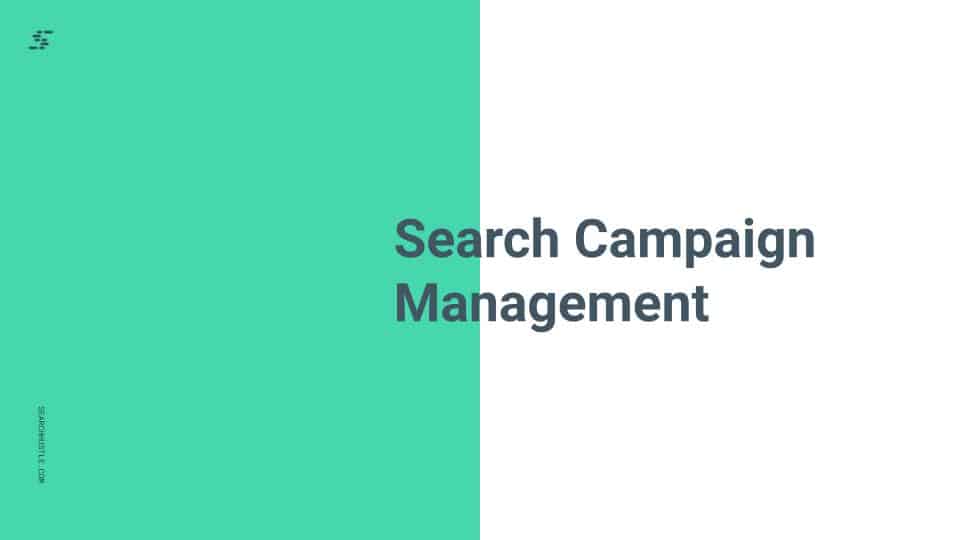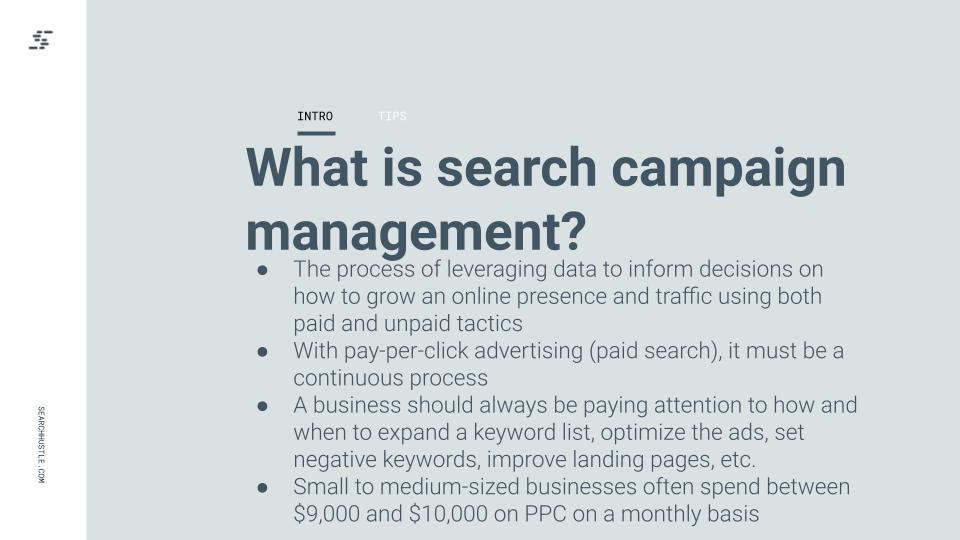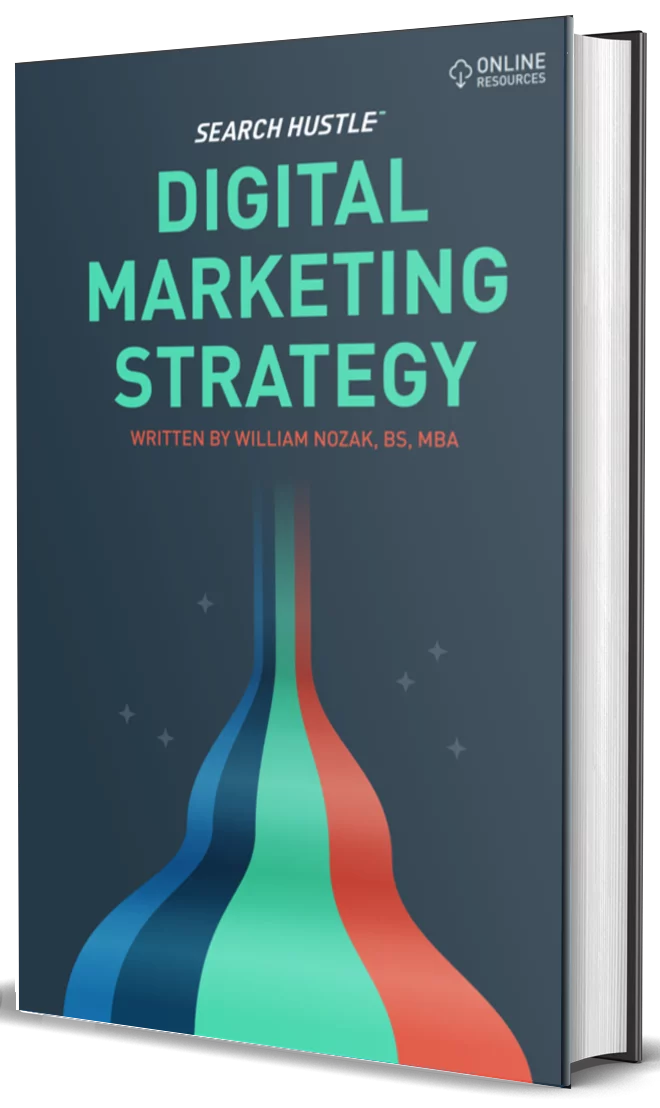Search Campaign Management
Learn about search campaign management with Search Hustle.

Nearly every business wants to have a strong online presence and gain a steady flow of traffic to their website. By combining both paid and unpaid strategies, a business can see a boost in both aspects. It’s no surprise then, that small to medium-sized businesses often spend between \$9,000 and \$10,000 on PPC on a monthly basis.
In order to run an effective paid strategy, a business needs to use search campaign management. Search marketing is critical if a business wants its ads to appear to the right people in the SERPs (search engine results pages) and on websites. Search marketing helps determine the types of people who are looking for the products or services that the business offers.

What Is Search Campaign Management?
Search campaign management is the process of leveraging data to inform decisions on how to grow an online presence and traffic using both paid and unpaid tactics.
With pay-per-click advertising (paid search), it must be a continuous process. This means that a business should always be paying attention to how and when to expand a keyword list, optimize the ads, set negative keywords, improve landing pages, etc.
4 Tips for Paid Search Strategy
Paid search is an excellent way to get thousands of eyes on a business’ ads fast and increase revenue. However, campaigns MUST be optimized to reach the right people, otherwise, the business will suffer losses on the budget and time put in.
Use audience targeting
Surprisingly, about 76% of marketers fail to use behavioral data for online ad targeting. This is a mistake!
To optimize who sees the ads, businesses need to discover the intent behind the searcher’s queries. Look at the phrases and keywords they are searching for in their web browser. While intent can vary, and drastically at that, it can still provide useful insight for segmenting the target audience.
To narrow down the right audience for a paid search strategy, look at:
- Demographics
- Interests
- Purchase intent
- Affinity markets
An affinity audience is a great way for a business to branch out to new potential customers who have similar interests and habits to existing customers. You can find this setting under the “Audiences” section of the Google Ads interface. Then, select “What their interests and habits are”.
When designing ads, remember that certain ones will be better suited to target certain demographics. Demographics will range from age to location to education and more.
Conduct a competitive audit
A business can discover if it has an audience overlap with its competitors by doing a competitive audit. In turn, this can help to reach new customers and ensure the business differentiates itself from competitors.
Look for what keywords are being used in the competitor’s ads and then decide if you want to use those same keywords within ad groups. But try to focus on keywords that are balanced between low competition and a high search volume.
Use Google shopping, search, and display
When you create an assortment of ads, you have a better chance of reaching customers no matter where they are currently in the buyer’s journey. Regardless of the ad format you go with, the campaign should be optimized around high-value keywords that have a low cost-per-click but can still increase web traffic.
Display ads are commonly found in the Google Display Network and most often work to improve brand awareness. With search ads, a business can target users ready to make a purchase. Search ads are also ideal when it comes to bringing in traffic through queries that don’t include keywords. Last, Google shopping ads are great if a business wants a visual of its product, store name, prices, etc.
Leverage retargeting, reporting, and optimization
When a customer views a product on a business website but doesn’t make a purchase, and then sees an ad for that same product on other websites, this is called retargeting.
Retargeting can help keep the products or services of a business at the forefront of a customer’s mind. This helps to push a customer along the buyer journey and bring them back to the business’ website to finally make the purchase.
Ultimately, a business should always strive to leverage website reporting and optimize ads to help with retargeting. This can help lower cost-per-click, as well as increase the ROI and get ads seen by new customers.

Ready to Take Your Search Hustle Further?



